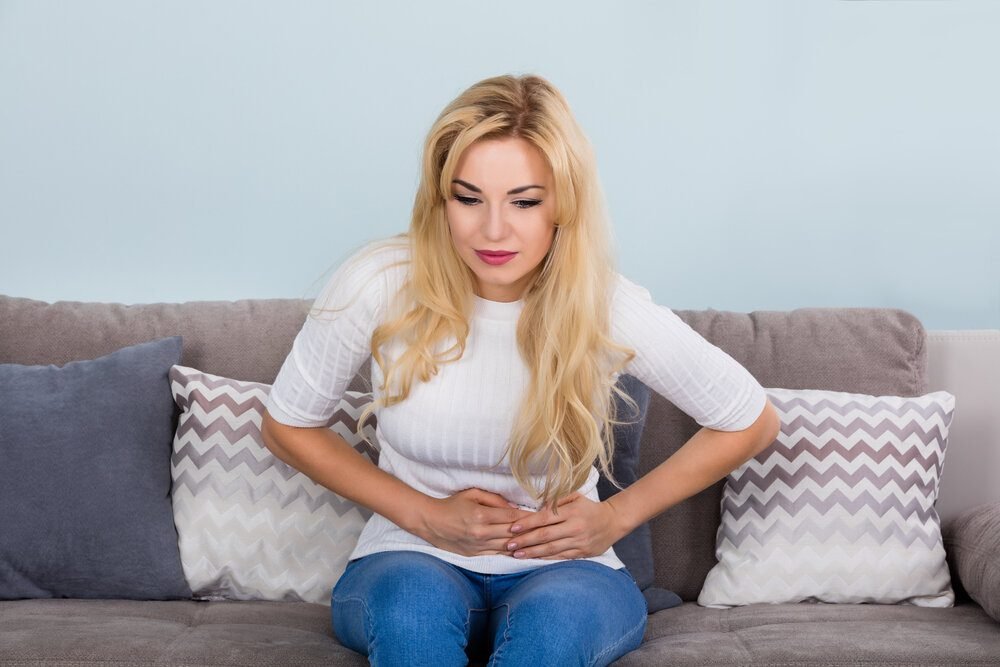By Harish Nim
The official causes of all kinds of chronic pain break down into three roughly equally large categories, plus one small “other” category: (1)
- injury (38%)
- unknown (31%)
- musculoskeletal (24%), a vague category dominated by arthritis, the rheumatic diseases, and headaches
- other (7%), which is mostly cancer and abdominal pain plus “everything else”

In order to understand the mechanism of pain production in the body, we first need to learn about the way the acid-alkaline balance in the body works. An acidic environment causes irritation of certain nerve endings in the body. When this irritation occurs, the brain is alerted about the chemical environmental change, which is translated and manifested as pain to the conscious mind. In other words, it is the acidity in the interior of the body that causes pain.

Normally, when blood that contains an ample amount of water circulates around the cells of the body, some of the water goes into the cells and brings out hydrogen molecules. Water washes the acidity out of the cell and makes the cell interior alkaline – an absolutely essential and normal state. For optimum health, the body should maintain an alkaline state – pH 7.4 is the desired level.
Why 7.4, and what is pH? The relationship between acid and alkaline is scientifically measured on a scale of 1 to 14. This scale is known as pH. From 1 to 7 on this scale is the acid range, 1 being more acid than 7. From 7 to 14 on the scale is the alkaline range; 7 is less alkaline than 14. On the pH scale, 7 is neutral, meaning optimum. Thus, pH 7.4 of the interior of the cell denotes its natural, slightly alkaline state. This state promotes health because it is the state that best suits the enzymes that function inside the cell: They achieve optimum efficiency at this pH. Adequate flow of water in and out of the cell keeps the cell interior in its health-maintaining, alkaline state.
You have probably seen historic monuments and buildings with artistic statues and carved masonry that have been damaged by pigeons perching on them and smearing them with their droppings. Bird excrement is highly acidic and eats into the stone. In time, the statues and carvings lose their features and definition. The DNA in the nucleus inside the cells of the body is alkaline and, like stone buildings, is also sensitive to the corrosive effects of acidity.

In our bodies, the kidneys mop up excess hydrogen ions – which cause acidity – from the blood and excrete them through the urine that is formed. The more urine that is produced, the more easily the body keeps its interior alkaline. This is why clear urine is an indicator of an efficient acid-clearing mechanism and dark yellow or orange urine is an ominous sign of impending acid burns in the interior of the body. People who consider having to pass urine more than two or three times a day inconvenient, and do not drink water so that they do not have to urinate more than they can help, are ignorant of how they are hurting their bodies.
The brain is better protected against acid buildup by the fact that it gets priority for delivery of water for all its needs. The rest of the body may not be so fortunate when dehydration establishes in the body and settles in one or another part for a long period of time. With persistent dehydration, however, the brain, too, becomes damaged from acidity in the cells – hence conditions such as Alzheimer’s disease, multiple sclerosis, and Parkinson’s disease.
Source: The above article is from the book You’re Not Sick, You’re Thirsty! by F. Batmangheldji, M.D. The author was an internationally renowned researcher, author and advocate of the natural healing power of water. He attended Fettes College in Scotland and was a graduate of St. Mary’s Hospital Medical School of London University, where he studied under Sir Alexander Fleming, who shared the Nobel Prize for the discovery of penicillin. Dr. Batmanghelidj practiced medicine in the United Kingdom and Iran. When he moved to the US, he worked at the Foundation for the Simple in Medicine, researching the effects of chronic unintentional dehydration on the human body. His findings were published in the Foundation’s “Journal of Science in Medicine Simplified” in 1991 and 1992. He spent the last two decades of his life promoting the importance of water. For more information visit.
Reference: https://www.painscience.com/articles/surprising-ways-to-hurt.php
Disclaimer: I do not dispense medical advice or prescribe the use or the discontinuance of any medication as a form of treatment. This information is not intended as a replacement for sound medical advice from a physician. This information is to provide some background for you to do your own research or to discuss with your physician.